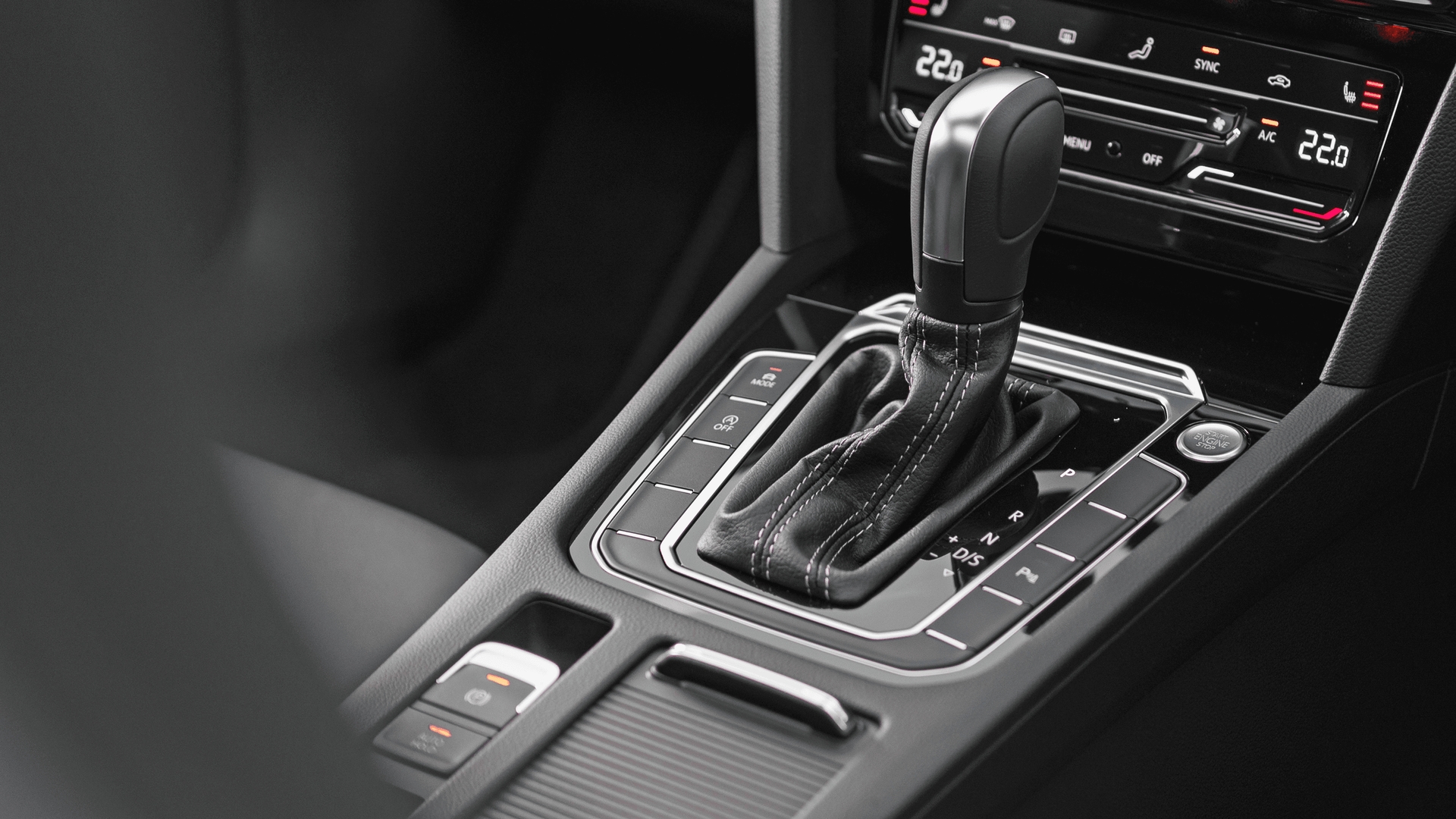
DSG sorunları ve DQ200 kullan(may)an modeller
Eski takipçilerim hatırlar, 2009'da Auto Motor & Sport dergisinde çalıştığım dönem 'Çift Kat Keyif' başlıklı bir makale yayınlamıştım. Çift kavramalı şanzımanlarla (kısaca DCT diyelim) ilgili bu yazı daha sonra sayısız forum ve web sitesinde paylaşıldı ve Türkiye'de bu tip vites kutularının çalışma prensibi ve çeşitleriyle ilgili bilinçlenmeye önayak oldu.
Aradan geçen 15 senede pekçok farklı marka bu kervana katıldı ve her yeni çıkan DCT, bilhassa da kuru kavrama olanlar, birtakım arızaları beraberinde getirdi. Biz bugün, Volkswagen grubunun DSG/S-tronic adlı şanzımanı özelinde çıkardığı sorunları ve hangi modellerin kuru kavramalı tip taşırken hangilerinin daha dayanıklı yaş kavramayla geldiğini konuşacağız. Paylaşacağım bilgiler daha evvel Twitter ve YouTube başta olmak üzere sosyal medya hesaplarımda yaptığım yorumlardan derlendi ve yeni bilgiler edindikçe güncellenecektir.
İstatistiksel olarak bu problemin ortaya çıkma aralığı 50.000 ile 150.000 km arasında. 2012'de sıfır aldığımız ve hemen hep annem tarafından kullanılan, tüm işlemleri ve periyodik bakımları Göztepe Erya yetkili serviste yapılan 2012 Skoda Octavia 1.4 TSI'ımız, önce 50 bin sonra da 100 bin km'de iki kez mekatronik arızasıyla yolda kaldı.
Ancak çevremize baktığımız zaman, özellikle 1.6 TDI motorlu VAG grubu otomobillerin çok daha uzun süre DSG arızasız kullanılabildiklerini görüyoruz. 1.0 ve 1.2 TSI motorlu araçların da mekatroniğinin –kavrama üstündeki nispeten hafif yükten olsa gerek– gene daha uzun dayandığını gözlemliyoruz. Mekatroniğin ömrü dur-kalk trafiğe sık girmez, çukursuz-uzun yol ağırlıklı ve sakin kullanırsanız yükseliyor.
Buradaki önemli detay şu: DQ200, 2008 yılında çıktı ve 2012'den itibaren 'gen2' yani ikinci nesliyle güncellendi. Dolayısıyla 2012 sonrası araçlarda mekatronik arızaları daha az.
DQ200, motor hacmi 1.6 litreye kadar ve önden çekişli hemen tüm VAG grubu araçlarda geliyor, ancak istisnalar mevcut. 1.5 TSI taşıyan bazı modellerde DQ381 kodlu, çok daha sorunsuz ıslak kavrama DSG var. Bunlar:
• Audi Q3
• Cupra Formentor
• Skoda Kodiaq
• Seat Tarraco
• VW Arteon
• VW Tiguan
A4 ve A5 gibi motoru uzunlamasına yerleştirilmiş 1.9 litre altı Audi'lerdeyse DL382 kodlu ıslak kavrama ve dayanıklı bir başka DSG tipi mevcut. 1.9 litre ve üstü modeller DQ250, DQ500, DL501, DL800 vb. tork dayanımı çok daha yüksek ve gene yaş kavrama DSG'ler taşıyor.
Üstteki istisna modellerden yola çıkarak bir genelleme yapmaya kalksak, örneğin "1.5 TSI motorlu tüm C-SUV'larda DQ381 bulunuyor" gibi bir sonuca varabilirdik ancak bu doğru değil. Aynı segment ve yukarıdaki muadillerine benzer ağırlıkta olmasına rağmen önden çekişli Skoda Karoq 1.5 TSI'da DQ200 mevcut. İlgilenenler için, Kodiaq ve Karoq'a dair resmi kaynak ve teknik veri tabloları:
https://cdn.skoda-storyboard.com/2016/08/TD-KODIAQ-en-2.pdf…
https://cdn.skoda-storyboard.com/2017/07/TD-KAROQ-en-1.pdf…
https://cdn.skoda-storyboard.com/2017/09/TD-KAROQ-en.pdf…
Gene merak edenler için; şanzıman kodundaki harf ve rakamların anlamı şu:
D – Direktschaltgetriebe: Doğrudan vites değiştiren şanzıman
Q – Querbaukasten: Enine yerleştirilmiş
L – Langsbaukasten: Boyuna yerleştirilmiş
200, 250 vs. – Şanzımanın tork dayanımını simgeliyor ancak dolaylı biçimde. Örneğin DQ200'ün kaldıracağı azami tork 250 Nm, DL382'nin 400 Nm, gibi.
Vakit buldukça, arızalarıyla meşhur diğer şanzıman ve motorlarla (Stellantis 1.2 PureTech, Peugeot/BMW N13/B38 vb.) ilgili de makaleler paylaşacağım ancak en önemlisi:
Her sorunun bir çözümü vardır; çözmeye değer mi değmez mi, bütün mesele o.


14 Yorum